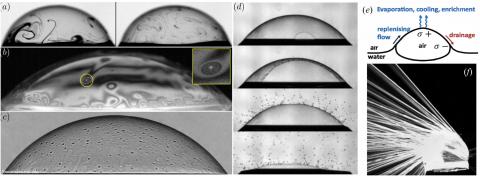Figure 7 of Bourouiba, L. (2021) The fluid dynamics of disease transmission. Annual Review of Fluid Mechanics. 53:473-508.
CAPTION: (a) Once gently deposited as a drop on the surface of a young bubble, potassium permanganate mixes and forms lamellae that elongate and overlap in an ever-weakening stirring field. (b) A bubble of salt water at ambient humidity lives as long as minutes, and as the salt concentrates, crystals form and slide down the bubble cap (highlighted inset). (c) Schlieren imaging of a bacteria-laden bubble showing the persistence of organisms on the cap over the contaminated bubble’s full lifetime, which is lengthened by bacterial secretions. Optical methods such as Schlieren imaging, shadowgraphy, and interferometry reveal the subtle dynamics on the bubble cap and help track the location and number of bacteria on the cap. (d) The increase in the bubble’s lifetime (here about 55 s) leads to an increase in the number of droplets emitted due to more violent destabilization of the receding rim formed from the rupture of older and thinner bubbles. Bubble cap radius in panels b–d is ∼5.6 mm. (e) The mechanisms extending the lifetime of a bubble inherently involve a Marangoni flow from the foot to the apex that counters the curvature-induced drainage of the bubble film. This counterflow can be induced by several conditions that locally increase surface tension (σ) at the apex, including temperature gradients (e.g., bubbles emerging into colder atmospheres), evaporative cooling (e.g., bubbles emerging in nonsaturated local environments), and chemical or biological compound gradients (e.g., evaporation at the apex leading to the local enrichment of certain compounds such as salt). The secretions of organisms, even those not known for biofilm secretion, also increase the lifetime of bubbles. (f) Droplets generated from older bubbles tend to be smaller, are emitted at higher speeds, are more easily advected by ambient air flows or winds away from the boundary layer, and hence may escape the interface region more easily than droplets generated by younger bubbles.
See more on this research here: https://lbourouiba.mit.edu/research/projects/water-air-transfer-bubbles-...

